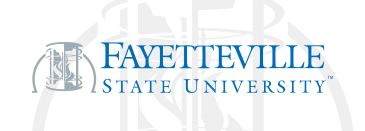The Money Primary: What Influences the Outcome of Pre-Primary Presidential Nomination Fundraising?
Document Type
Article
Publication Date
6-1-2002
Abstract
Since 1980, the positive influence of candidate performance and campaign organization explains much of the variation in fundraising during the pre-primary season. Candidate performance is measured by national poll results, change in candidate viability, and length of candidacy. Campaign organization includes the amount of money the candidate's campaign spent on fundraising, size of the candidate's electoral constituency, and whether the candidate self-financed his campaign. Using three ordinary least square recession models (for Democrats, Republicans, and combined), the authors examine the effects of these variables on pre-primary fundraising from 1980 to 2000 where the incumbent president did not sit for reelection. In the combined model national poll results, change in candidate viability, fundraising expenditures, and self-financing significantly affect fundraising during the money primary. Partisan models suggest that while Republicans benefit more from earlier national poll results, Democrats profit from changes in viability during the course of the pre-primary season.
Recommended Citation
Adkins, Randall E. and Dowdle, Andrews J., "The Money Primary: What Influences the Outcome of Pre-Primary Presidential Nomination Fundraising?" (2002). College of Humanities and Social Sciences. 405.
https://digitalcommons.uncfsu.edu/college_humanities_social_sciences/405


